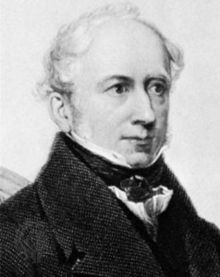 The “Day’s Eye” blooms in father Chaucer’s verse,
The “Day’s Eye” blooms in father Chaucer’s verse,Through all the centuries; in an inspired hour,
Burns sang the “modest, crimson, tippêd flower”;
Sweetly and brief as old Wither did rehearse
How it does “shut when Titan goes to bed;” 5
Wordsworth with mighty power, has hymn’d its praise;
Montgomery i’ the choicest of his lays,
Tells “how it never dies!” Often it led
Our infant footsteps into rural lanes,
Or along by-paths rich with many a gem 10
Fallen from Flora’s glowing diadem,
Till health and happiness were e’er our gains.
Children are always poets: pity we
Should ever quench the sparks of poësy.
George Markham Tweddell
[Sonnets on Trees and Flowers, p. 18.] Also published in Voice of
Masonry, March, 1885. Northern Weekly Gazette, April 17/97.
Refers to various poets - Chaucer, James Montgomery, Burns, Wordsworth, George Wither
James Montgomery (4 November 1771 – 30 April 1854) was a British editor, hymnwriter and poet. He
was particularly associated with humanitarian causes such as the campaigns to abolish slavery and to end the exploitation of child chimney sweeps.


No comments:
Post a Comment